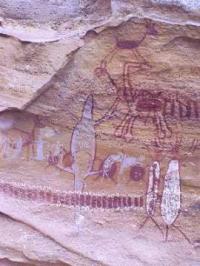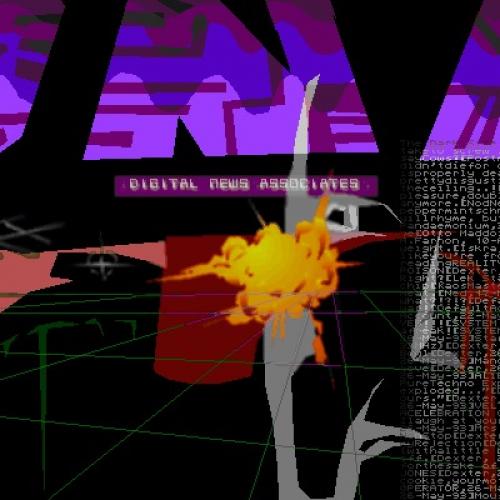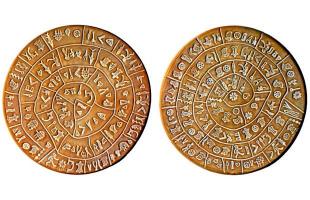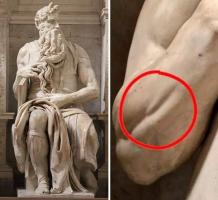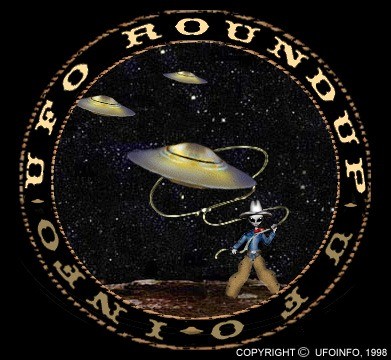The encrypted message of the Pedra do Ingá

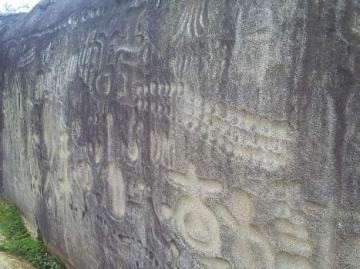
To reveal the mystery of the ancient settlement of the New World, it is necessary to know and study the archaeological sites of the continent, in order to search for relationships between them. On my recent trip to Brazil I had the opportunity to study the large petroglyph called Pedra do Ingá, located in the interior of the State of Paraíba, approximately 80 kilometers from the Atlantic Ocean.
The Pedra do Ingá is a huge horizontal rock about 24 meters long and 3 meters high. In total, there are more than 450 drawings incised in the stone. Most of these incisions are apparently abstract, but according to some researchers, the Pedra do Ingá hides an ancient encrypted message.
Most archaeologists are not inclined to support the interpretation of most petroglyphs or cave paintings, for the simple fact that sometimes archaeological evidence is not found in the vicinity of the incisions or the pictograms.
One of the most notable researchers of ancient languages and writings of the last century was the Italian-Brazilian Gabriele D'Annunzio Baraldi, who was born in San Prospero, near Modena (Italy), and died in Brazil in 2002. He carried out several studies of the petroglyph of Ingá and was the one who discovered the lost city of Ingrejil , in 1984. Baraldi also analyzed the famous Phaistos disk found in 1908 on the island of Crete and several gold plates discovered in some caves in Ecuador.
In his Atlantean vision, some groups of humans originating from the mythical island would have been saved from floods and catastrophic earthquakes by heading both to the east, that is, towards Europe, and to the southwest, towards Brazil.
Baraldi maintained that the Tupi-Guaraní language, spoken by many South American ethnic groups, has a distant common origin with the Hittite language, belonging to the famous Indo-European people who prospered in Anatolia 18 centuries before Christ. More precisely, Baraldi declared that the Ingá petroglyph tells the story of the catastrophe that destroyed Atlantis, or the universal flood, which occurred 9,500 years before Christ. The characters incised in the petroglyph would be similar to those used in the primordial language spoken in the Middle East 18,000 years ago, in the middle of the ice age.
Although it seems strange that the incisions that were made in unknown times on the Pedra do Ingá have a distant affinity with the Hittite language, in fact some signs seem to recall ancient writings now lost, which perhaps were part of a very ancient alphabet that was spoken in the Middle East during the glacial period.
Of this primordial alphabet, which some famous scholars (for example the eminent geneticist Luigi Luca Cavalli Sforza), call “nostratic”, both the Sumerian and Egyptian languages, as well as the Indo-European, Uralic, Altaic, Semitic and Dravidian languages, could have originated.
Analyzing the Pedra de Ingá, you can see many signs that, according to Baraldi, were made using molds when the entire monolith was a huge piece of molten lava, after the eruption of an ancient volcano.
For example, a sign is perceived very similar to the Phoenician qoph, or a circle with a vertical line in the center, which corresponds to the Latin q.
In fact, it must be added that Baraldi's theses were indirectly confirmed by some eminent linguists, such as the American Joseph Greenberg, who included many Amerindian languages in the Nostratic family. According to this thesis, the Tupí-Guarani would derive from the Nostratic, but not as Baraldi thought, that is, with a direct colonization of the Atlantic, but rather according to the classical theory of American settlement, through the Bering Strait.
When I arrived at the Ingá petroglyph, I immediately had a strange perception. It seemed to me that I was facing an encrypted message that some ancient travelers wanted to leave to posterity.
Personally, I do not believe that the authors of the masterful engraving were the ancestors of the American Indians. In my opinion, it is possible that a small group of humans, perhaps of Afro-Asian origin, crossed the ocean after catastrophic events and then represented their History on a huge molten rock, using molds or simply stone axes. This cipher could actually have been written in a language derived from Nostratic, and if so, the Pedra de Ingá would be the oldest cipher in all of human history.
It is still too early to be able to write the last word on the Pedra de Ingá and on the evolution of the Nostratic , but I am convinced that only with comparative studies of archaeology, genetics, and linguistics, will one day be able to reveal the enigma of the ancient settlement of the planet, which, for now, is still shrouded in mystery.
YURI LEVERATTO









